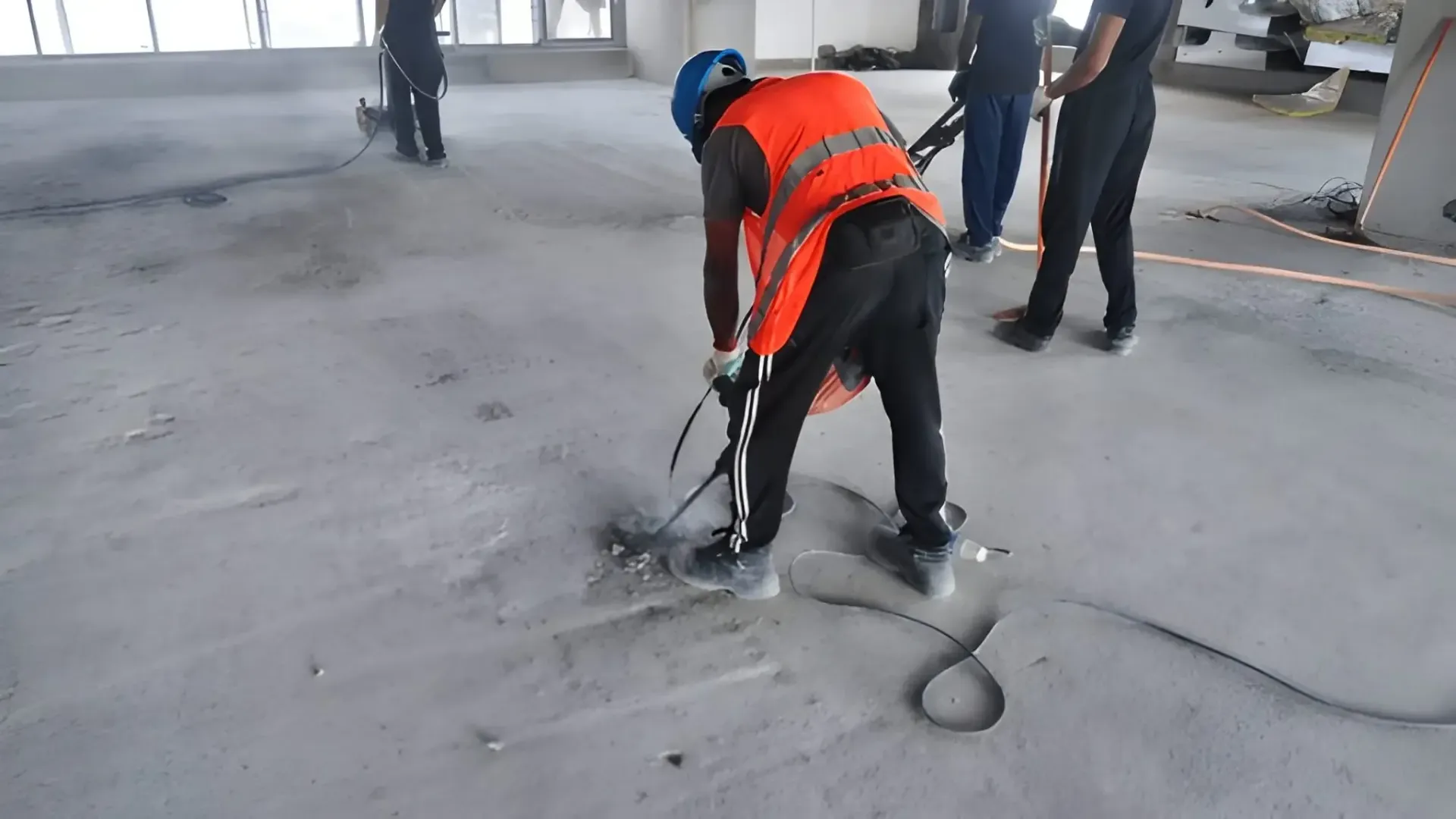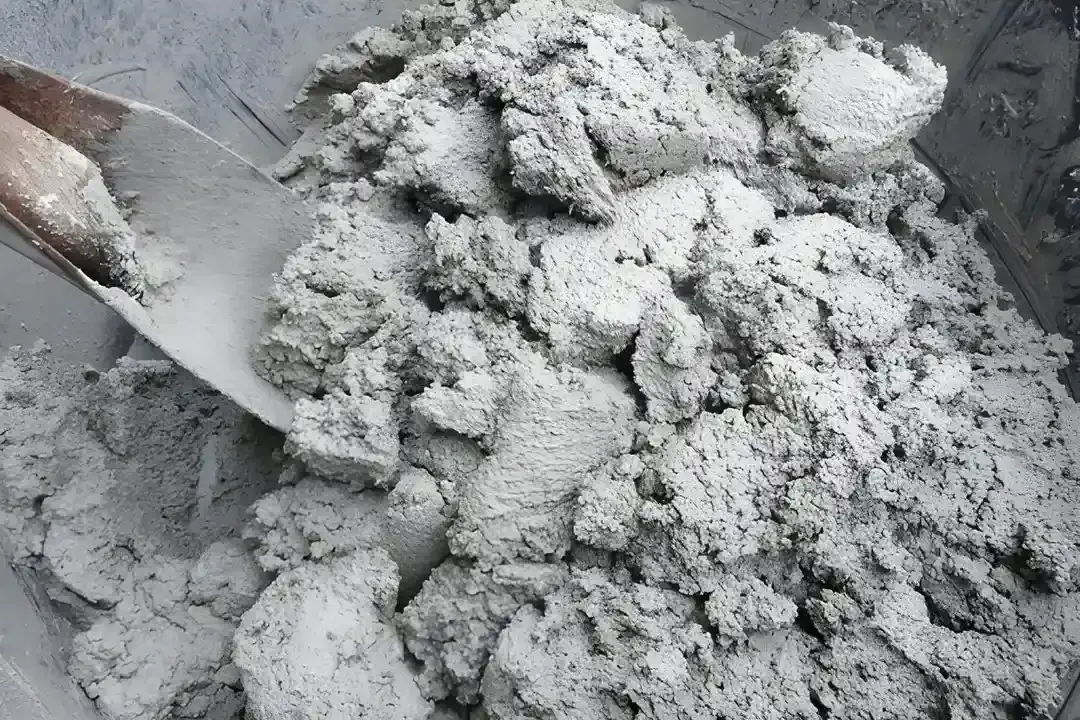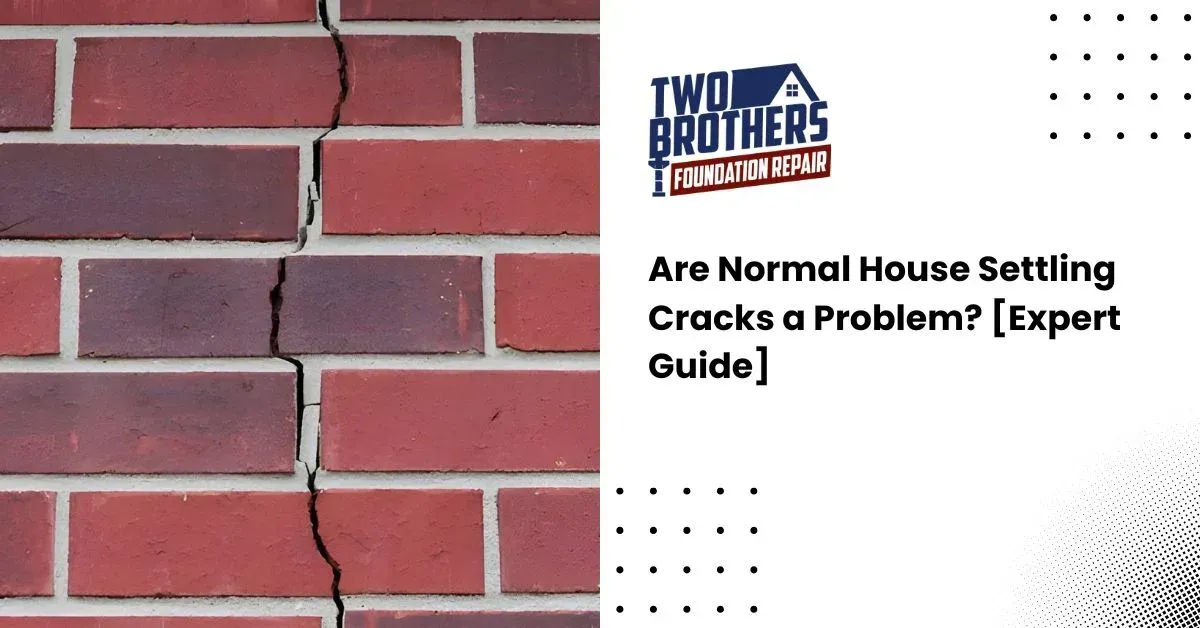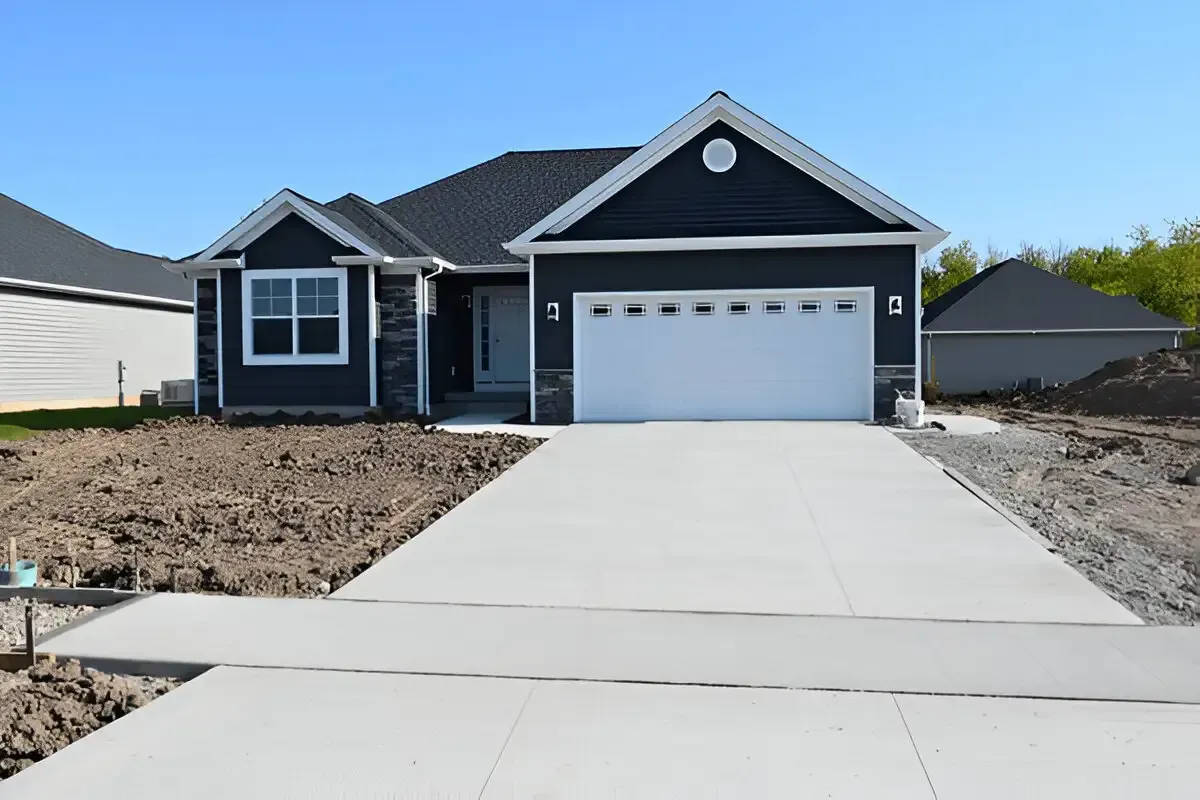What is Pressure Grouting? Types, Benefits & Applications
How many of you notice the soil beneath them? I bet no one, until a crack spreads across walls or floors, or starts sinking.
Did you know that soil movement causes over $4 billion in foundation damage every year across the United States? That’s when pressure grouting is necessary.
Pressure grouting pumps a cement or chemical mixture underground to fill empty spaces and stabilize weak soil. It’s used in homes, highways, tunnels, bridges, and dams. The process strengthens ground support without expensive excavation.
In this blog, we will discuss what pressure grouting is, its types, pros, and cons to help you make the right decision.

What is Pressure Grouting?
Pressure grouting is a construction method. In this method, the grout is pumped into the ground under pressure to fill empty spaces.
If the ground under a building starts to shift or weaken, it can cause cracks, uneven floors, or even sinking foundations. Pressure grouting steps in before things get worse.
Contractors pump a grout mixture, usually cement, sand, water, or sometimes chemicals, directly into the weak spots underground. They inject it under pressure. The material pushes into voids, fills cracks, and compacts loose soil.
Thus, it creates a stronger, more stable foundation without tearing everything apart.
People also call pressure grouting injection grouting, compaction grouting, or concrete pressure grouting. In some cases, people refer to it as mud jacking or jet grouting, depending on the technique and materials used.
Types of Pressure Grouting
There are different soils, different cracks, and different structures. Of course, there are different types of pressure grouting, too.
Here are the main options:
| Method | Best For | Soil Suitability | Typical Cost |
|---|---|---|---|
| Compaction Grouting | Fixing loose, sinking soil and stopping settlement | Loose, sandy, or fill soils | $75 to over $750 per cubic yard |
| Permeation Grouting | Filling small voids and sealing leaks | Soils with small gaps (sands, silts) | $1,000 and $4,000 per cubic yard |
| Jet Grouting | Creating underground columns for support | Works in most soils, even weak ones | $250 to $750 per cubic yard |
| Chemical Grouting | Strengthening sandy soils and blocking water | Sandy or water-prone soils | $1,000 to $4,000 per cubic yard |
Compaction Grouting
This method is perfect if you see loose, sinking soil. Our contractors inject a thick, cement-heavy grout under high pressure. T
he grout pushes the soil around it, then squeezes it tighter and denser. Thus, it creates a stronger base that stops settlement and keeps your foundation from shifting any further.
Permeation Grouting
When soil has a lot of small voids but isn’t weak on its own, we use permeation grouting. Here, we use a thinner grout mixture.
It can sometimes be cement, sometimes chemical-based. We injected the mixture into the tiny spaces between soil particles.
Instead of compacting the soil, it seeps in and hardens. This method is also great for sealing off water paths. It is helpful if leaks or erosion are part of your problem.
Jet Grouting
Jet grouting uses high-velocity jets of fluid. We drill deep and use high-pressure jets to break up the soil while mixing it with grout right on site. This process forms solid columns of soil and grout that support the pillars.
Jet grouting is often used on tunnels, bridges, or big commercial jobs. But we bring it into residential work when the soil is especially tricky or unstable.
Chemical Grouting
Not every soil type is appropriate for cement. Sandy soils, for example, won’t hold it in place. In this situation, we suggest chemical grouting.
Instead of cement, we use resins or chemical stabilizers that spread through the soil and harden where needed.
We also use this method when water infiltration is the main issue. Because it creates a strong, waterproof barrier.
Similar Read: Garage Foundation Types: Pros, Cons & Costs You Should Know
Applications of Pressure Grouting
We’ve applied pressure grouting in homes, businesses, and even projects that tie into larger infrastructure. Here’s where this method is applied the most:
Infrastructure Projects
Pressure grouting is a go-to method on big jobs like bridges, tunnels, and dams. On bridges, it strengthens the soil beneath the supports and fills hidden voids.
In tunnels, grout is injected to seal cracks and stabilize the surrounding soil, which keeps the tunnel safe and dry. For dams, grouting prevents water from seeping through the foundation and strengthens the base against erosion.
Foundation Repair for Homes and Businesses
We also provide foundation repair services for homes. Homes and commercial buildings often stand on soil that shifts or settles.
We use pressure grouting to stop that movement, fill voids, and restore stability. It fixes the problem without replacing the entire foundation, which saves both time and money.
Soil Stabilization
Loose or sandy soil is a common issue. This is common, especially in areas with lots of fill dirt or shifting ground. We densify that soil and make it solid enough to support structures.
Sealing Leaks in Underground Structures
Basements, tunnels, and underground garages can all leak when water finds its way through cracks or soil pathways. Pressure grouting blocks these ways and seals the leaks. It creates dry, stable structures that last longer.
Sinkhole Remediation
Sinkholes are one of the more extreme cases we have ever seen. But pressure grouting is also one of the most effective ways to deal with them.
We fill the underground voids that cause sinkholes, stabilize the area, and prevent further collapse.
Advantages and Disadvantages of Pressure Grouting
Like any repair method, pressure grouting has its pros and cons. As we’re upfront about both, you know exactly what to expect.
Advantages
- Cost-Effective: Compared to tearing out a foundation or doing full excavation, pressure grouting is usually affordable.
- Minimal Disruption: We don’t need to rip up your yard or tear through your home. Usually, small holes and injection points do the job.
- Versatility: Pressure grouting works on different soils, structures, and situations. We have worked with loose, sandy ground. We have also handled voids under concrete slabs. So the process can adapt to many problems.
- Longer Lifespan for Structures: Pressure grouting extends the life of foundations, bridges, and other structures.
Disadvantages
- Not Always Appropriate: Some soil types don’t go well with grouting. This is especially true if the ground is too soft or too fractured. In those cases, we suggest other methods.
- Risk of Over-Pressurization: If the process isn’t done right, over-pressure can damage nearby structures or cause the grout to move where it shouldn’t. That’s why we suggest hiring a skilled team.
- Needs Experienced Contractors: The method requires trained crews who know what they’re doing. Homeowners doing DIY only cause harm to their homes.
- Cost on Large Projects: For deep foundations or very large-scale repairs, grouting can become expensive.
How Two Brothers Foundation Does Pressure Grouting

At Two Brothers Foundation Repair, here’s how we usually handle it:
Step 1: Site Inspection
First, we will inspect your property. Our crew looks for signs of soil weakness, voids, or cracks that may be causing your foundation to shift. In some cases, we use advanced tools to locate hidden problem areas underground.
Step 2: Drilling Holes
Next, we drill small holes wherever needed. The size and spacing depend on the damage and what the soil is doing under your foundation.
Step 3: Setting Packers
We insert packers that act like valves. It keeps the grout flowing only where it should. It prevents leaks and ensures the mix is injected into the affected areas.
Step 4: Mixing the Grout
Our team mixes the grout based on what your property needs. Sometimes it’s a basic cement-and-water blend. Other times, we add sand, chemicals, or other materials to increase strength and flow.
Step 5: Pumping Under Pressure
Our expert team uses specialized pumps. We inject the grout under pressure. The force drives it into cracks, loose soil, and empty pockets beneath your home. That pressure compacts the ground, making your foundation solid.
Step 6: Curing
Once we place the grout, it needs time to harden. Considering the mix, curing may take hours or up to days to harden.
Step 7: Finishing Up
At the final step, we remove the packers and seal the holes with non-shrink grout. This is how we make your foundation stronger and firmer.
Conclusion
Now you know what is pressure grouting and its importance. Pressure grouting keeps your foundation strong, stabilizing weak soil and preventing costly settlement problems.
It’s a proven, cost-effective solution that extends the life of homes and structures.
At Two Bros Foundation Repair, we use pressure grouting to restore stability and protect your home.
If you’ve noticed cracks, uneven floors, or signs of sinking, don’t wait. Contact us today for an inspection and find out if pressure grouting is right for you.
FAQs
1. Is pressure grouting permanent?
Yes, if it is done by professionals. The grout hardens in place. This creates long-lasting soil stabilization and foundation support.
2. How long does it take?
Most residential jobs take one to three days. But larger projects may need more time to finish.
3. Can it fix basement leaks?
Yes. Pressure grouting seals cracks and voids underground. This cuts off water paths that cause basement leaks and seepage.
4. What’s the difference between pressure grouting and slabjacking?
Slabjacking lifts concrete slabs, whereas pressure grouting stabilizes weak soil. It fills underground voids and strengthens foundations more broadly.
5. Is it safe near existing structures/utilities?
Yes. At Two Brothers Foundation, we monitor pressure closely to avoid damaging nearby structures, pipes, or utility lines.







